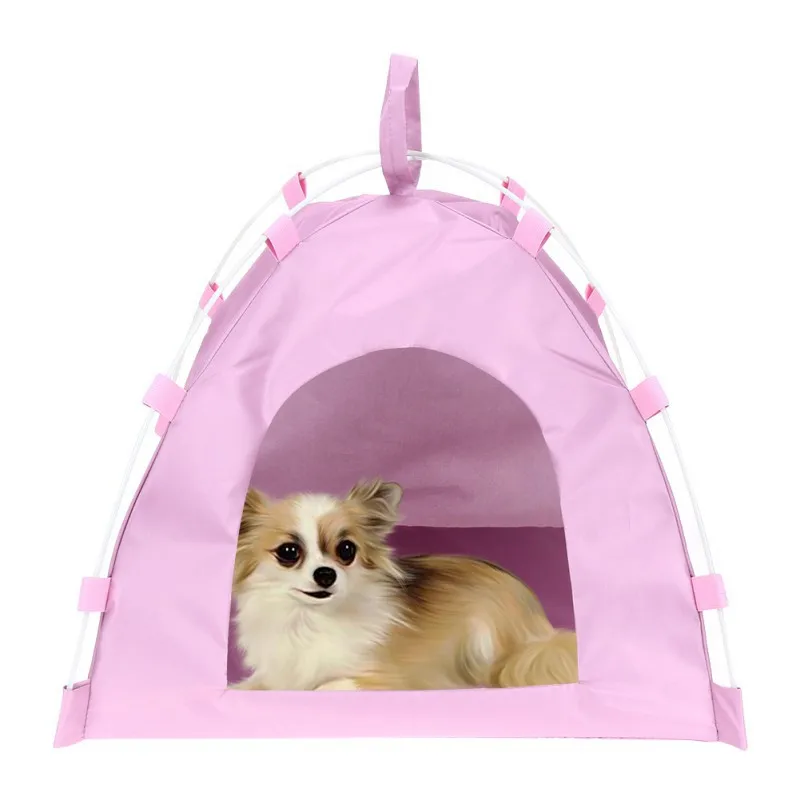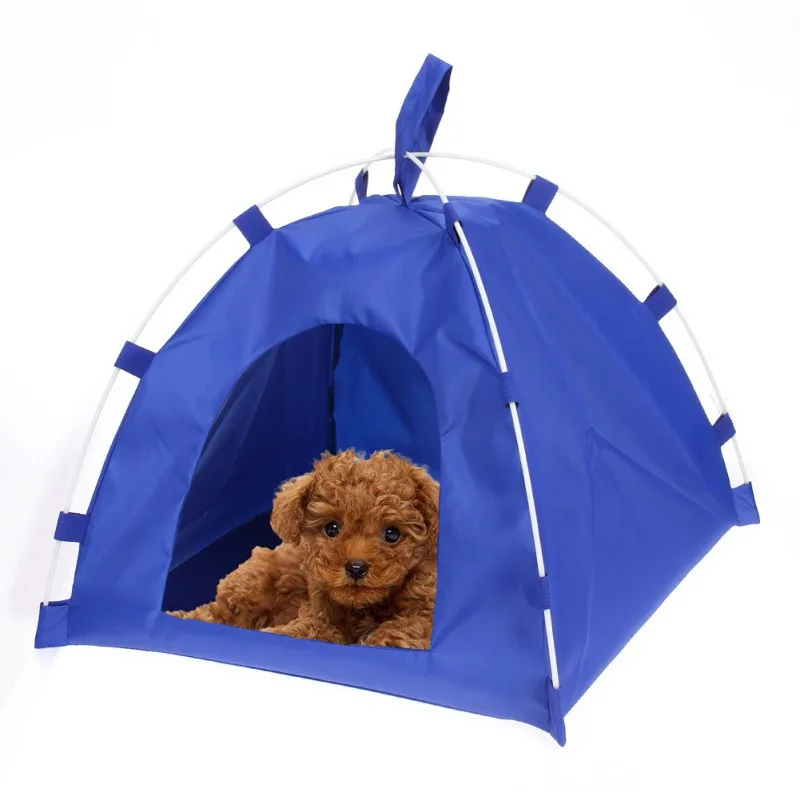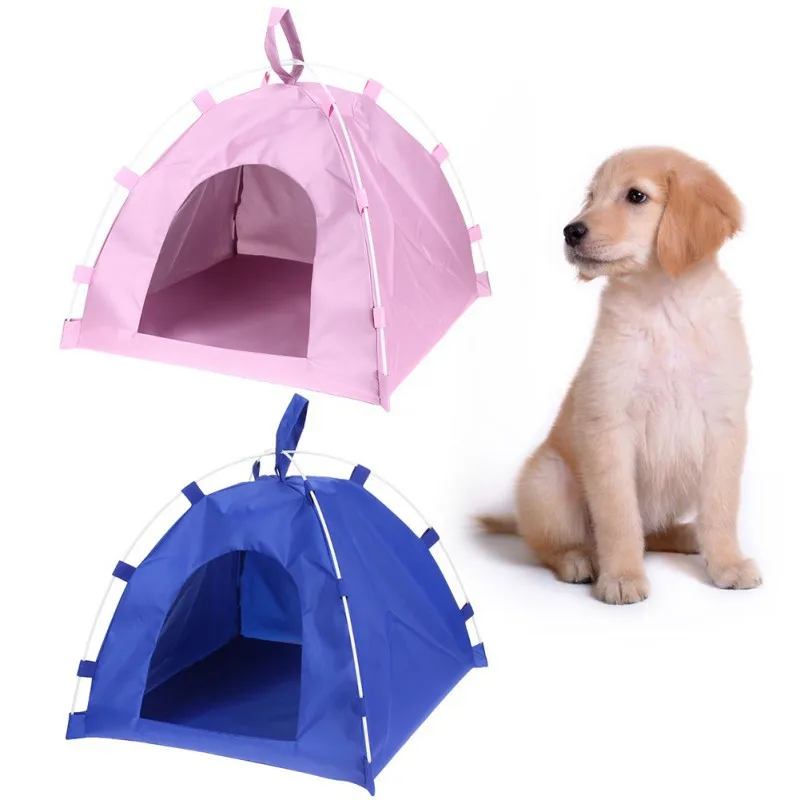Introduction to Kennel Cough
Kennel cough, also known as infectious tracheobronchitis, is a highly contagious respiratory disease affecting dogs. The condition is mainly caused by bacteria like Bordetella bronchiseptica and viruses such as canine parainfluenza virus. Kennel cough spreads rapidly in environments where dogs are in close contact, such as kennels, dog parks, and grooming salons. Understanding the duration of kennel cough on surfaces is crucial for preventing its spread and protecting your pets. This comprehensive guide explores how long does kennel cough last on surfaces, key preventive measures, and effective cleaning methods. By the end, you’ll have a deeper insight into managing and preventing kennel cough in your pets.

Why Understanding Surface Contamination Matters
Understanding how long kennel cough lasts on surfaces is essential. Firstly, it helps in preventing the spread of the disease. Knowing the lifespan of pathogens can guide cleaning protocols and reduce the risk of infection. Secondly, it ensures proper hygiene. Maintaining a clean environment minimizes the risk of other bacterial and viral infections. Lastly, it promotes pet health. By reducing exposure to contaminated surfaces, we can safeguard the health of our pets. Awareness of surface contamination means embracing preventive measures, hygiene, and pet health.
Duration of Kennel Cough on Surfaces
The longevity of kennel cough pathogens on surfaces varies based on several factors, such as the type of surface, environmental conditions, and the specific pathogen involved. Understanding these factors can help in managing and reducing the risk of infection.
Viruses and Bacteria: Different Lifespans
Kennel cough can be caused by various pathogens, including bacteria and viruses. The lifespan of these pathogens on surfaces differs, influencing the potential for transmission.
Bacterial Pathogens
Bordetella bronchiseptica is the primary bacterial cause of kennel cough. This bacteria can survive on surfaces for extended periods, depending on the environment. In favorable conditions, Bordetella bronchiseptica can last anywhere from a few hours to several days on surfaces. The bacteria thrive in moist environments, prolonging their survival. Regular cleaning and disinfection can significantly reduce the risk of bacterial transmission.
Viral Pathogens
Canine parainfluenza virus and other viral pathogens causing kennel cough generally have shorter lifespans on surfaces compared to bacteria. These viruses typically survive for a few hours up to a day under optimal conditions. Viruses are more vulnerable to environmental factors such as temperature and humidity, affecting their longevity. Effective cleaning and disinfection protocols are essential to eliminate viral pathogens from surfaces.

Types of Surfaces and Longevity
The type of surface plays a significant role in determining how long kennel cough pathogens last.
Porous Surfaces
Porous surfaces, such as fabrics, carpets, and soft furnishings, can harbor kennel cough pathogens for longer periods. The porous nature of these materials allows microorganisms to penetrate and persist. Bacteria can survive for several days on porous surfaces, necessitating thorough cleaning and disinfection. Vacuuming, steam cleaning, and the use of fabric disinfectants can help mitigate the risk.
Non-Porous Surfaces
Non-porous surfaces, such as plastic, metal, and glass, typically offer less favorable conditions for pathogen survival. Bacteria and viruses have shorter lifespans on these surfaces, generally lasting from a few hours to a day. Regular cleaning with disinfectants can effectively eliminate pathogens from non-porous surfaces. Wiping down frequently touched surfaces, such as doorknobs, counters, and pet toys, is crucial for preventing transmission.
Environmental Conditions Affecting Longevity
Environmental factors such as temperature, humidity, and sunlight exposure significantly impact the survival of kennel cough pathogens on surfaces.
Temperature
Higher temperatures can reduce the lifespan of kennel cough pathogens on surfaces. Both bacterial and viral agents are sensitive to heat, which can denature proteins and disrupt their structural integrity. Maintaining a warm environment can help shorten the survival time of pathogens. However, excessively high temperatures may also affect pet comfort, necessitating a balanced approach.
Humidity
Humidity plays a vital role in the survival of kennel cough pathogens. Moist environments provide favorable conditions for bacterial growth and prolong viral survival. Reducing humidity levels in indoor spaces can help minimize the risk. Using dehumidifiers, ensuring proper ventilation, and promptly cleaning up spills can contribute to a less hospitable environment for pathogens.
Sunlight Exposure
Ultraviolet (UV) radiation from sunlight has potent antimicrobial properties. Exposure to direct sunlight can kill kennel cough pathogens on surfaces, reducing their survival time. Allowing sunlight to penetrate indoor spaces and utilizing UV sanitizing devices can help control pathogen levels. However, reliance solely on sunlight is insufficient, emphasizing the importance of comprehensive cleaning and disinfection.
Preventive Measures for Kennel Cough
Preventing kennel cough involves a multifaceted approach, encompassing vaccination, hygiene practices, and environmental management. Implementing effective preventive measures can significantly reduce the risk of infection and transmission.
Vaccination
Vaccination is a cornerstone of kennel cough prevention. Administering vaccines protects dogs from bacterial and viral pathogens, reducing their susceptibility to infection.
Core Vaccinations
Core vaccinations, such as the Distemper-Adenovirus-Parainfluenza-Parvovirus (DAPP) vaccine, provide protection against several key viral pathogens, including canine parainfluenza virus. Regular vaccination schedules, as recommended by veterinarians, ensure ongoing immunity. Vaccination reduces the severity of kennel cough symptoms and prevents outbreaks within communities.
Bordetella Vaccination
The Bordetella vaccine specifically targets the Bordetella bronchiseptica bacteria, a common cause of kennel cough. Administering this vaccine is essential, especially for dogs frequently exposed to high-risk environments, such as kennels, dog parks, and grooming salons. Vaccination helps mitigate the risk of infection and transmission.
Hygiene Practices
Maintaining proper hygiene practices is crucial for preventing the spread of kennel cough pathogens.
Regular Cleaning
Regular cleaning routines involve removing dirt, debris, and organic matter from surfaces. Use pet-safe cleaning agents and disinfectants to ensure thorough sanitization. Pay special attention to high-contact areas, such as floors, countertops, and pet bedding. Cleaning helps eliminate potential sources of infection and maintains a healthy environment.
Disinfection Protocols
Disinfection protocols involve using appropriate disinfectants to kill kennel cough pathogens on surfaces. Select disinfectants effective against both bacterial and viral agents. Follow manufacturer instructions for dilution and contact time to ensure optimal efficacy. Disinfecting high-traffic areas, crates, and grooming equipment is essential for preventing pathogen spread.
Environmental Management
Creating an environment less conducive to pathogen survival is vital for preventing kennel cough. Environmental management strategies reduce the risk of infection and promote overall pet health.
Ventilation
Proper ventilation is essential for controlling humidity levels and reducing the concentration of airborne pathogens. Ensure adequate airflow in indoor spaces by using fans, opening windows, and utilizing air purifiers. Good ventilation helps maintain a fresh and healthy environment for pets.
Dehumidification
Reducing humidity levels in indoor spaces limits the survival of kennel cough pathogens. Use dehumidifiers to maintain optimal humidity levels, especially in areas prone to moisture buildup. Proper ventilation and prompt cleanup of spills contribute to a dry and less hospitable environment for pathogens.
Sunlight Exposure
Maximizing sunlight exposure in indoor spaces harnesses the antimicrobial properties of UV radiation. Allowing sunlight to penetrate through windows and utilizing UV sanitizing devices help reduce pathogen levels on surfaces. However, comprehensive cleaning and disinfection remain essential for thorough pathogen control.
Effective Cleaning and Disinfection Methods
Effective cleaning and disinfection methods are paramount for controlling kennel cough pathogens on surfaces. Implementing proper techniques ensures thorough sanitization and reduces the risk of infection.
Cleaning Techniques
Cleaning techniques involve removing visible dirt, debris, and organic matter from surfaces. Different surfaces require specific cleaning methods for optimal results.
Vacuuming and Dusting
Vacuuming and dusting are essential for removing dirt, hair, and particles from surfaces. Use a vacuum cleaner with a HEPA filter to trap allergens and pathogens. Regular dusting of surfaces, especially in high-traffic areas, prevents the buildup of potential contaminants. Vacuuming pet bedding, carpets, and upholstery is particularly crucial.

Steam Cleaning
Steam cleaning is an effective method for sanitizing porous surfaces, such as carpets, rugs, and upholstery. The high temperature of steam kills pathogens and removes dirt and stains. Use a steam cleaner with pet-safe cleaning solutions for optimal results. Steam cleaning is particularly beneficial for eliminating bacteria and viruses from fabric surfaces.
Disinfection Methods
Disinfection methods involve using chemical agents to kill kennel cough pathogens on surfaces. Proper disinfection protocols ensure thorough sanitization and minimize the risk of infection.
Selecting Disinfectants
Choosing the right disinfectant is crucial for effective pathogen control. Look for disinfectants labeled as effective against both bacterial and viral agents. Ensure the product is safe for use around pets and follow manufacturer instructions for dilution and contact time. Popular disinfectants include quaternary ammonium compounds, hydrogen peroxide, and bleach solutions.
Application Techniques
Applying disinfectants properly is essential for achieving optimal results. Use a clean cloth or sponge to apply the disinfectant to surfaces. Ensure that the entire surface is covered and allow the disinfectant to sit for the recommended contact time. Avoid wiping the surface immediately, as this may reduce the disinfectant’s efficacy. For heavily contaminated areas, repeat the disinfection process as needed.
Special Considerations for Pet Items
Pet items, such as toys, bedding, and grooming equipment, require special attention during cleaning and disinfection. Proper sanitization of these items reduces the risk of pathogen transmission.
Washing Pet Bedding
Regularly washing pet bedding is crucial for maintaining a clean and healthy environment. Use hot water and pet-safe detergents to kill pathogens and remove dirt. Dry the bedding thoroughly to prevent moisture buildup. Consider using washable covers for pet beds to simplify cleaning.
Disinfecting Pet Toys
Pet toys can harbor pathogens and should be cleaned and disinfected regularly. Wash plastic and rubber toys with hot water and pet-safe soap. For cloth toys, use a washing machine with hot water and a pet-safe detergent. Ensure toys are fully dry before allowing pets to use them.
Sanitizing Grooming Equipment
Grooming equipment, such as brushes, combs, and clippers, should be sanitized after each use. Use pet-safe disinfectants to clean and sanitize grooming tools. Rinse thoroughly to remove any chemical residue before using the equipment on pets.
Conclusion
Understanding how long kennel cough pathogens last on surfaces and implementing effective cleaning and disinfection protocols are essential for preventing the spread of this contagious disease. By being aware of pathogen lifespans and environmental factors, you can take proactive measures to reduce the risk of infection and maintain a healthy environment for your pets. Comprehensive preventive measures, including vaccination, hygiene practices, and environmental management, play a vital role in safeguarding your pets’ health. Embrace the importance of thorough cleaning and disinfection, and make it a part of your routine to protect your pets from kennel cough. Whether you’re a pet owner, groomer, or kennel operator, understanding and implementing these practices will help you create a safe and healthy environment for your furry friends. Enjoy the peace of mind that comes from knowing you are taking the necessary steps to prevent the spread of kennel cough and other infectious diseases.